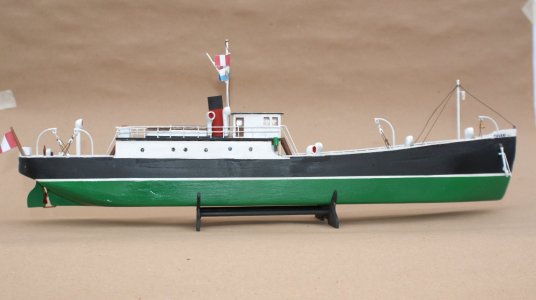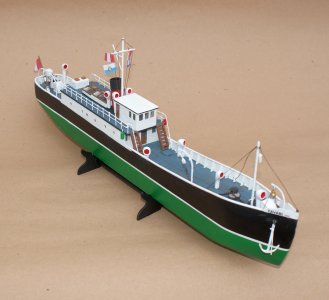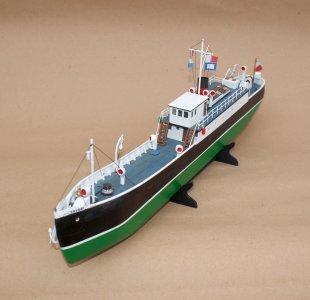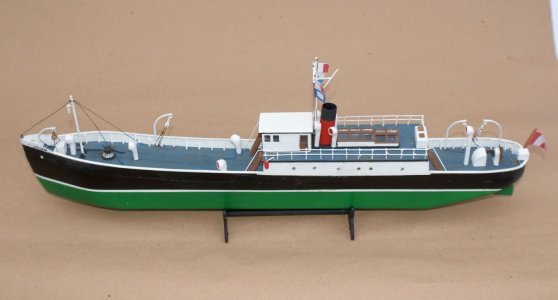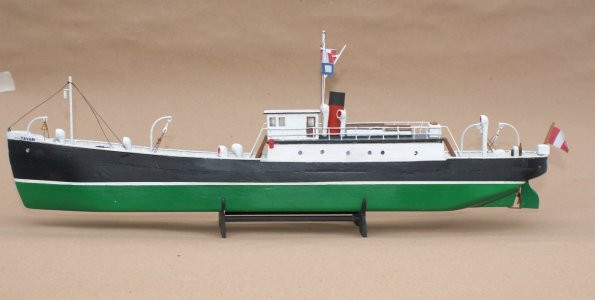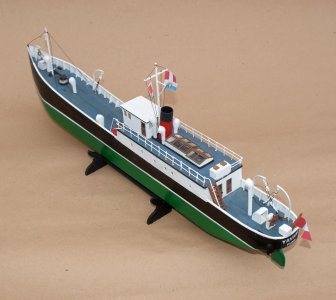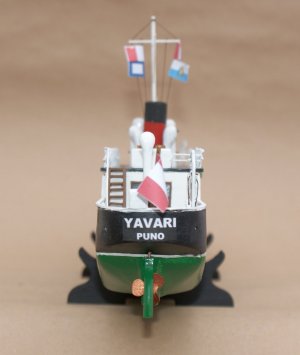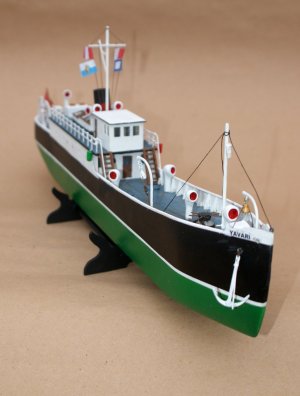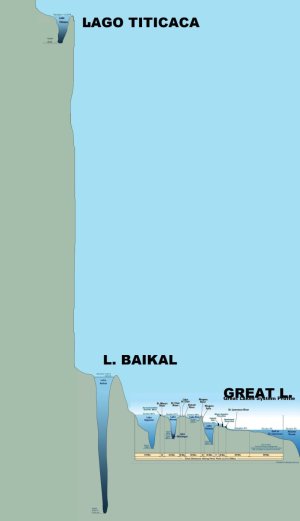M/N YAVARI 1870, Scratch, Scale 1:100 (COMPLETE BUILD)
After making several sailing boats, I decided to build another ship that also made the history of Peru, and here I am referring to the YAVARI, which to date is the oldest operating steamship in Peru, currently moored in the port of Puno (Lake Titicaca at 3,812 meters above sea level) as a floating museum run by a private Peruvian-British association. Part of its extensive history is narrated below (paragraphs taken from the references indicated are transcribed in quotation marks).
1. History
“In 1861, the Peruvian government of Ramón Castilla commissioned two small cargo and passenger “gunboats” for Lake Titicaca. The government, already enjoying the wealth of the guano industry on the coast, sought to exploit the natural resources of the southern highlands or altiplano region around Lake Titicaca. Herein lies the potential for trading Peruvian copper, silver, minerals, wool and wood and the riches of the Bolivian rainforest with manufactured goods from Europe. Through the agency of Anthony Gibbs & Sons, the Government commissioned JAMES WATT FOUNDRY in Birmingham, England, to build the boats that would take in goods around the lake. At that time, with no rail connection to the lake, all cargo had to be transported by mule. The boats were therefore built in kit form, with no single piece weighing more than 3 ½ carats, the maximum carrying capacity of a mule.”
“THE THAMES IRON AND SHIPBUILDING were subcontracted to build the iron hulls of the YAVARI and the Yapura. On October 15, 1862, the ship “Mayola”, with the two ships and eight British engineers from London, after doubling Magellan, docked in Arica –a Peruvian port before the War of the Pacific– and unloaded the packaging and parts of the YAVARI and the Yapura. Then, the Peruvian Navy faced the difficult task of transporting 2,766 parts and two crankshafts to Lake Titicaca, at 12,500 feet (3,812 meters above sea level.” The ship was assembled in Puno by English technicians and local labor, finishing in December 1870, during its existence the ship has had various modifications and changes; Originally it was 38.5 meters long and was increased to its current dimensions in 1895. The first steam engine used coal and/or llama manure and was 60 HP and in 1914 it was replaced by a 320 HP diesel engine.
In 1982, the ship was abandoned on the side of the Puno harbour, but was rediscovered by the English lady Meriel Larken, who promoted its restoration. Fortunately, the structure and hull remained in good condition due to the almost non-existent corrosion in that environment (fresh water, little oxygen due to the altitude and dry atmosphere). “Thanks to the sponsorship of Volvo S.A (which bought Bolinder-Munktell in 1950) and Atlas Copco S.A. The Swedish Bolinder 4-cylinder semi-diesel engine with hot bulb, installed in 1914, was dismantled, the crankshaft was thoroughly repaired and all the parts were cleaned and rebuilt. The engine is the largest and oldest of its type and that is still operational, in the whole world.”
The bridge has been carefully restored, but for reasons of its current use (museum), some modifications have been made that are not in keeping with the original form (such as the slope of the stairs leading to the deck). I tried to obtain the original plans from the association, but they did not have them. So I decided to develop the model from the various photos available and from the known data on the length and width.
2 References

 en.wikipedia.org
en.wikipedia.org


 www.atlasobscura.com
www.atlasobscura.com
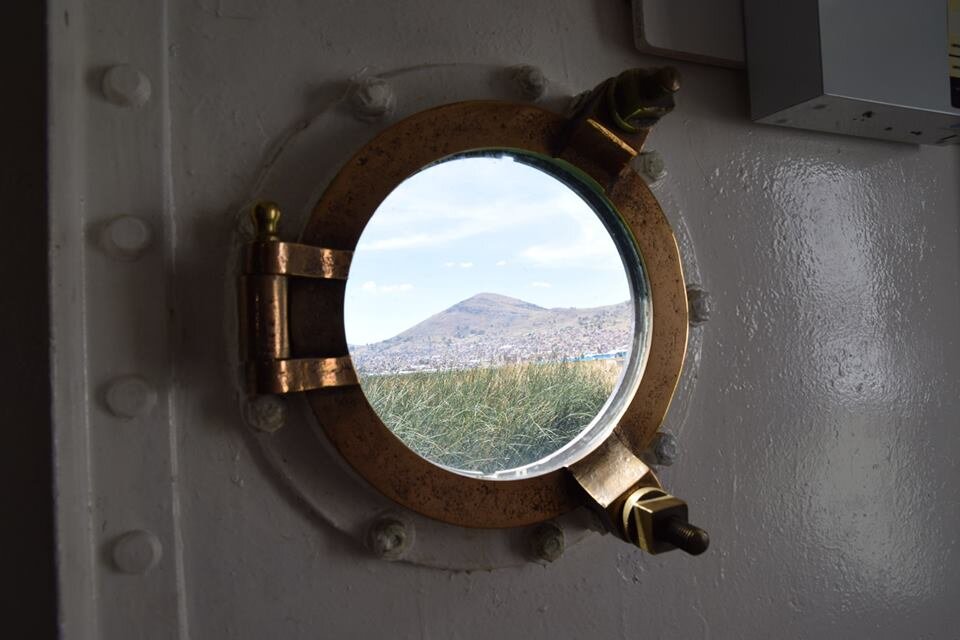
 www.perunorth.com
https://military-history.fandom.com/wiki/Yavari_(ship)
www.perunorth.com
https://military-history.fandom.com/wiki/Yavari_(ship)
3. Building the model
As there were no current plans for the ship, the dimensions were taken from the best photo that could be obtained of the ship and using AutoCAD I correlated this photo with the confirmed dimensions (length and width) and from that point it was possible to determine the heights between decks, dimensions of doors, windows, chimneys, windows, davits, air intakes, etc. The shape of the hull was unknown, but evaluating the photo of a similar ship that was on land, it was determined that it was flat-bottomed with a slight curvature towards the stern that ended in a rounded shape. As the hull had little depth and a very high length/width ratio, I considered it impractical to make the hull using the false keel and frames method, I considered it would be easier to do it with a piece of solid wood. Searching in the storage room I found some scraps of pine (they came with the dishwasher in the kitchen) and I glued them with white glue achieving a good-sized piece of 350x56x500.
A wooden block (dark) was added to shape the elevation of the bow deck. With some experience (gained with the carving of the Molly Aida) I was patient, but thinking about buying a planer. After planing and achieving the expected dimensions, an additional 150x52x25 wooden block was glued to the profiled hull to simulate the cabin. A generous coat of wood sealer with wood dust and white glue was applied, then sanded (120, 240, 320) and finally two coats of very diluted lacquer so that it does not absorb too much paint. A 1x10mm wooden strip was glued to simulate the bow, aligning it as best as possible with the hull. Finally, an acrylic putty was used and left to dry well before a final sanding. I decided to paint the hull with the current colors of the ship, the hull's hull in green with a light white line; the topsides would be black. The deck in grey, trying to give it a used and somewhat rusty appearance. The trapezoidal trusses were placed and the second deck was prepared with a 2x150x52 mm piece of wood, painted grey with a black edge. On this would be the bridge, railings, skylight and chimney as well as the air intakes.
The various elements of the decks were prepared, starting the installation of these on the first deck at the stern. The propeller (15 mm diameter) was placed and the rudder (in green) assumed its shape and dimensions of a similar ship (M/N Coya). The main part of the second deck was prepared and glued with white glue. The davits, bitts, masts, navigation lights, anchor, chains, winch, air intakes, stays, rudder wheel and ladders were installed.
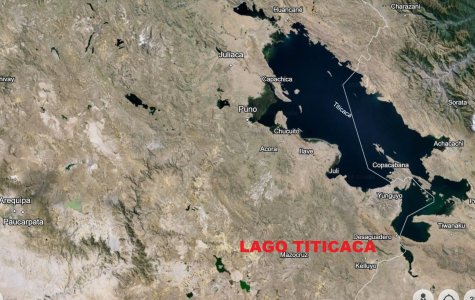
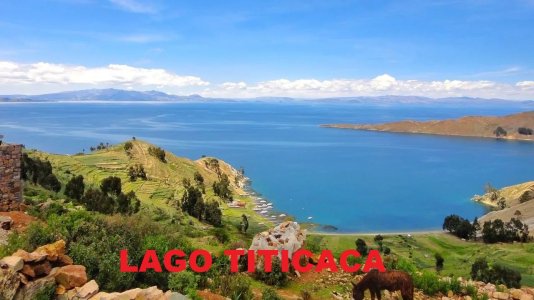
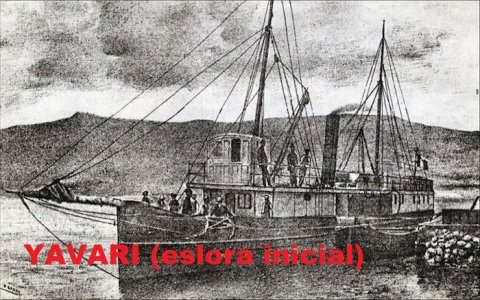
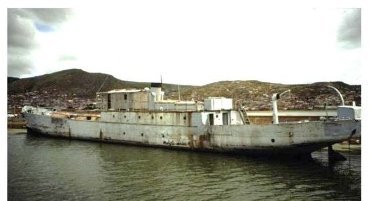
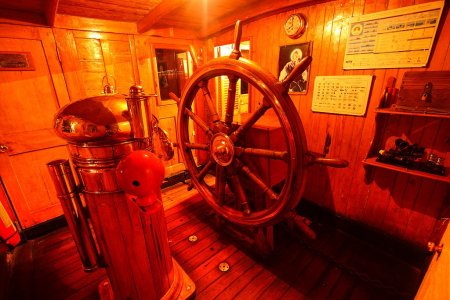
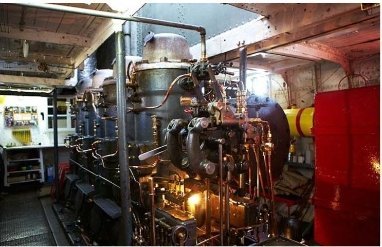
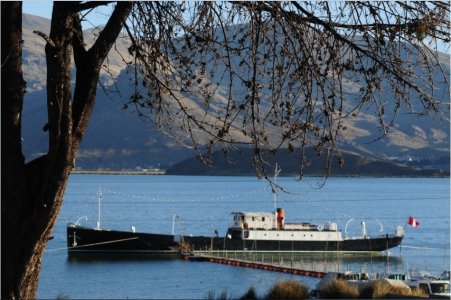
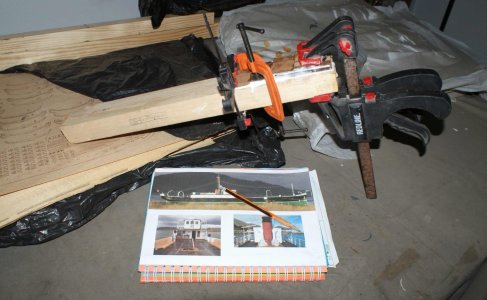
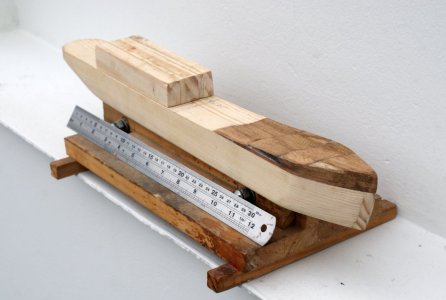
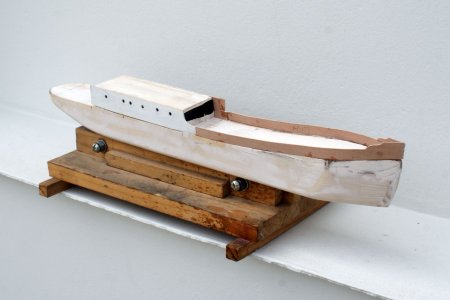
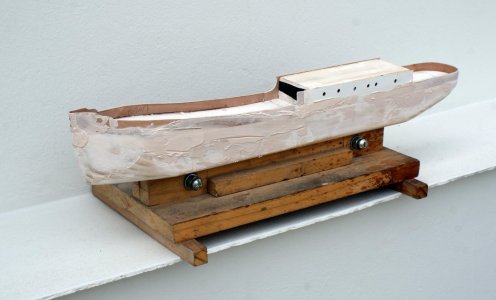
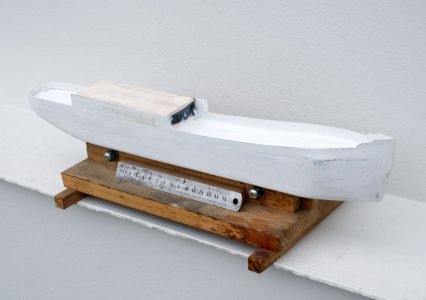
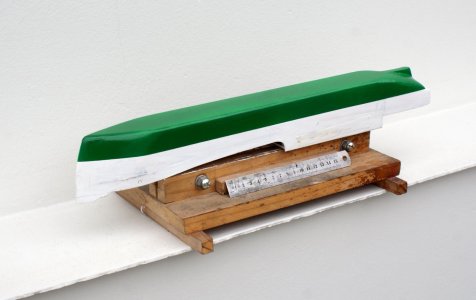

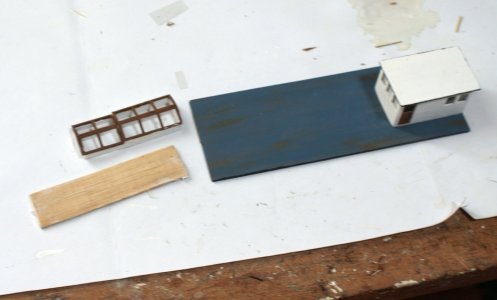
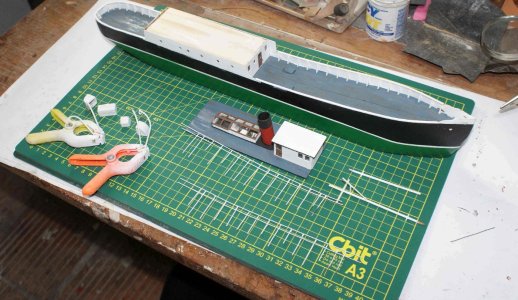
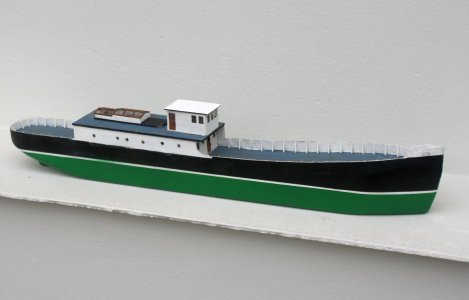
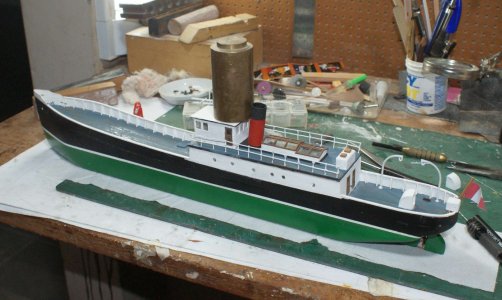
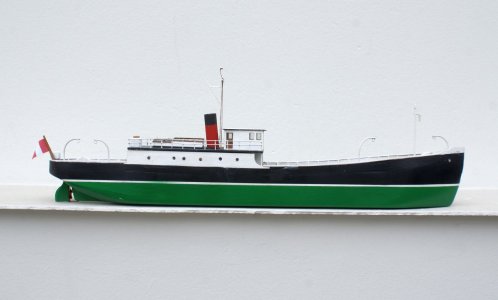
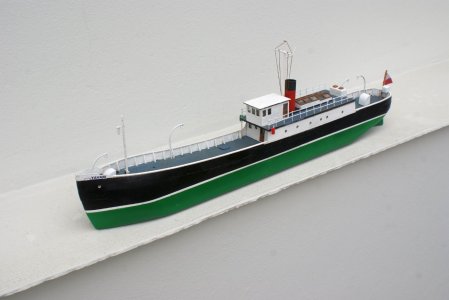
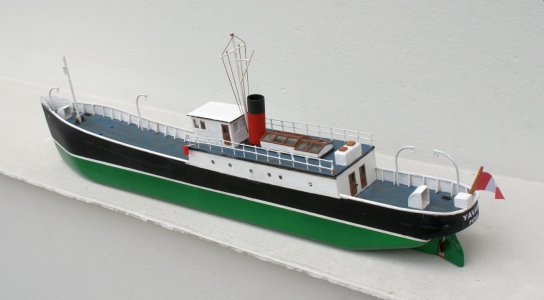
After making several sailing boats, I decided to build another ship that also made the history of Peru, and here I am referring to the YAVARI, which to date is the oldest operating steamship in Peru, currently moored in the port of Puno (Lake Titicaca at 3,812 meters above sea level) as a floating museum run by a private Peruvian-British association. Part of its extensive history is narrated below (paragraphs taken from the references indicated are transcribed in quotation marks).
1. History
“In 1861, the Peruvian government of Ramón Castilla commissioned two small cargo and passenger “gunboats” for Lake Titicaca. The government, already enjoying the wealth of the guano industry on the coast, sought to exploit the natural resources of the southern highlands or altiplano region around Lake Titicaca. Herein lies the potential for trading Peruvian copper, silver, minerals, wool and wood and the riches of the Bolivian rainforest with manufactured goods from Europe. Through the agency of Anthony Gibbs & Sons, the Government commissioned JAMES WATT FOUNDRY in Birmingham, England, to build the boats that would take in goods around the lake. At that time, with no rail connection to the lake, all cargo had to be transported by mule. The boats were therefore built in kit form, with no single piece weighing more than 3 ½ carats, the maximum carrying capacity of a mule.”
“THE THAMES IRON AND SHIPBUILDING were subcontracted to build the iron hulls of the YAVARI and the Yapura. On October 15, 1862, the ship “Mayola”, with the two ships and eight British engineers from London, after doubling Magellan, docked in Arica –a Peruvian port before the War of the Pacific– and unloaded the packaging and parts of the YAVARI and the Yapura. Then, the Peruvian Navy faced the difficult task of transporting 2,766 parts and two crankshafts to Lake Titicaca, at 12,500 feet (3,812 meters above sea level.” The ship was assembled in Puno by English technicians and local labor, finishing in December 1870, during its existence the ship has had various modifications and changes; Originally it was 38.5 meters long and was increased to its current dimensions in 1895. The first steam engine used coal and/or llama manure and was 60 HP and in 1914 it was replaced by a 320 HP diesel engine.
In 1982, the ship was abandoned on the side of the Puno harbour, but was rediscovered by the English lady Meriel Larken, who promoted its restoration. Fortunately, the structure and hull remained in good condition due to the almost non-existent corrosion in that environment (fresh water, little oxygen due to the altitude and dry atmosphere). “Thanks to the sponsorship of Volvo S.A (which bought Bolinder-Munktell in 1950) and Atlas Copco S.A. The Swedish Bolinder 4-cylinder semi-diesel engine with hot bulb, installed in 1914, was dismantled, the crankshaft was thoroughly repaired and all the parts were cleaned and rebuilt. The engine is the largest and oldest of its type and that is still operational, in the whole world.”
The bridge has been carefully restored, but for reasons of its current use (museum), some modifications have been made that are not in keeping with the original form (such as the slope of the stairs leading to the deck). I tried to obtain the original plans from the association, but they did not have them. So I decided to develop the model from the various photos available and from the known data on the length and width.
2 References

Yavari (ship) - Wikipedia

Yavari (ship) - Wikiwand articles
Yavari is a British-built iron steamship commissioned by the Peruvian government in 1861 for use on Lake Titicaca by the Peruvian Navy.
www.wikiwand.com

Steamship Yavari
The 19th-century vessel floats proudly on Lake Titicaca, but its journey from Britain to the Peruvian altiplano was far from smooth sailing.
 www.atlasobscura.com
www.atlasobscura.com

Yavari | Oldest Ship on Lake Titicaca | Built in London | Transported by Ship & Mule to Puno, Peru — Northern Peru & Amazonia Tours | Kuelap & Gocta | Amazon River Cruises & Lodges
Read fascinating story of M/N Yavari, oldest ship on Lake Titicaca. Built at Thames Ironworks in London - birthplace of West Ham United - for Peruvian Navy. Broken into pieces to be transported by ship to Arica. Then taken by mules through Atacama Desert & over Andes Mountains to Puno, Peru. Fel
3. Building the model
As there were no current plans for the ship, the dimensions were taken from the best photo that could be obtained of the ship and using AutoCAD I correlated this photo with the confirmed dimensions (length and width) and from that point it was possible to determine the heights between decks, dimensions of doors, windows, chimneys, windows, davits, air intakes, etc. The shape of the hull was unknown, but evaluating the photo of a similar ship that was on land, it was determined that it was flat-bottomed with a slight curvature towards the stern that ended in a rounded shape. As the hull had little depth and a very high length/width ratio, I considered it impractical to make the hull using the false keel and frames method, I considered it would be easier to do it with a piece of solid wood. Searching in the storage room I found some scraps of pine (they came with the dishwasher in the kitchen) and I glued them with white glue achieving a good-sized piece of 350x56x500.
A wooden block (dark) was added to shape the elevation of the bow deck. With some experience (gained with the carving of the Molly Aida) I was patient, but thinking about buying a planer. After planing and achieving the expected dimensions, an additional 150x52x25 wooden block was glued to the profiled hull to simulate the cabin. A generous coat of wood sealer with wood dust and white glue was applied, then sanded (120, 240, 320) and finally two coats of very diluted lacquer so that it does not absorb too much paint. A 1x10mm wooden strip was glued to simulate the bow, aligning it as best as possible with the hull. Finally, an acrylic putty was used and left to dry well before a final sanding. I decided to paint the hull with the current colors of the ship, the hull's hull in green with a light white line; the topsides would be black. The deck in grey, trying to give it a used and somewhat rusty appearance. The trapezoidal trusses were placed and the second deck was prepared with a 2x150x52 mm piece of wood, painted grey with a black edge. On this would be the bridge, railings, skylight and chimney as well as the air intakes.
The various elements of the decks were prepared, starting the installation of these on the first deck at the stern. The propeller (15 mm diameter) was placed and the rudder (in green) assumed its shape and dimensions of a similar ship (M/N Coya). The main part of the second deck was prepared and glued with white glue. The davits, bitts, masts, navigation lights, anchor, chains, winch, air intakes, stays, rudder wheel and ladders were installed.

























